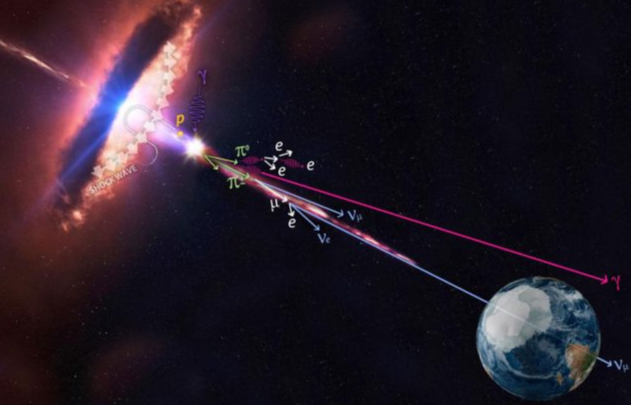Speaker
Description
We examine the impact of turbulent magnetic field diffusion on the ultra-high energy cosmic ray (UHECR) spectrum from a cosmological perspective. Specifically, we explore the effect of magnetic diffusion within the framework of one of the modified symmetric teleparallel gravity, known as $f(Q)$ gravity. In this modified alternative theory of gravity (MATG), the non-metricity scalar $Q$ and its arbitrary function replace the torsion scalar of standard teleparallel gravity. This $f(Q)$ gravity theory has been employed to study various cosmological phenomena, including dark energy and has shown promise in addressing various issues of modern astrophysics and cosmology. Using this MATG, we calculate the suppression in the UHECR flux for various sources, considering both non-evolution (NE) and cosmic star formation rate (SFR) scenarios. Additionally, we explore a mixed composition scenario involving nuclei up to iron (Fe). We also provide a parameterisation of the proton suppression factor and mixed compositions within this $f(Q)$ framework. A comparative analysis with the standard $\Lambda$CDM model demonstrates that the $f(Q)$ model predicts a greater suppression of flux, highlighting the significant influence of MATG on the suppression factor.

